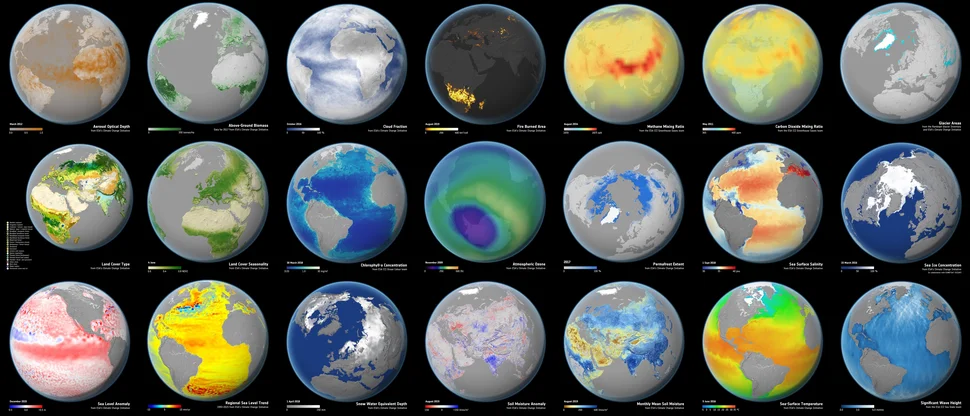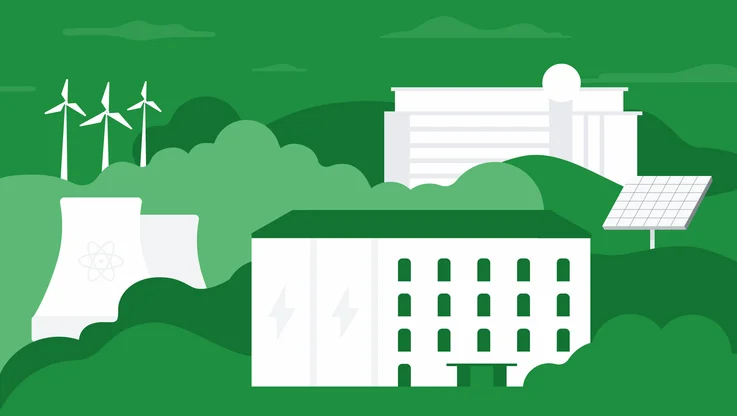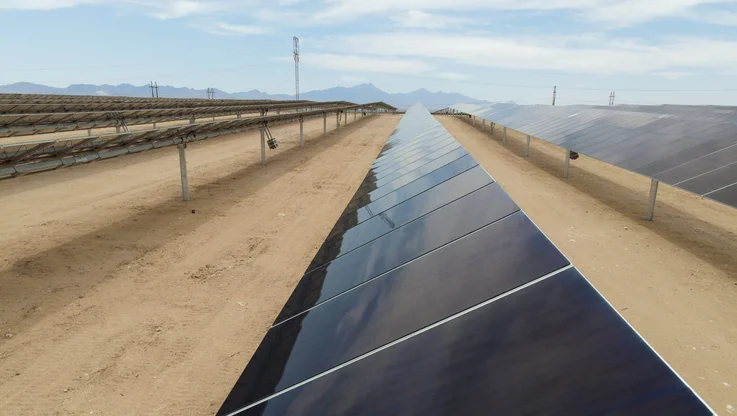Cooling the cloud: A look inside Google’s Hot Huts
Our emphasis on cooling systems might come as a surprise, until you consider how warm a personal computer can become during use. Data centers, which house thousands of computers, need to stay within a specific operating temperature range. Even though we run our facilities hotter than a typical data center, we need cooling systems - both to prevent server breakdowns and to provide a reasonable working environment for technicians working on the data center floor.
After servers, the second largest consumer of power in a data center is the cooling system. We needed a cooling system which minimized our overall energy consumption. For this reason, we designed our own cooling systems from the ground up.
We arranged our custom cooling systems in a row with racks of servers pushed against them on both sides. We named these units “Hot Huts” because they are sealed from the rest of the data center floor. Sealing away the hot air increases cooling efficiency.
We chose a water-based cooling system for our data centers since water can hold more heat than air. Water-based cooling means running pipes under the raised floors in our data centers. With so much electrical equipment in place, we take precautions with regular inspections and an alarm system which detects leaks.
By providing this view into our data center operations, we hope to inspire other companies to rethink their approaches to data center cooling. Building our own cooling systems means we can keep our data centers cool using a fraction of the energy used by a typical data center chiller, and that translates to reliable, carbon neutral services you can use for free.






